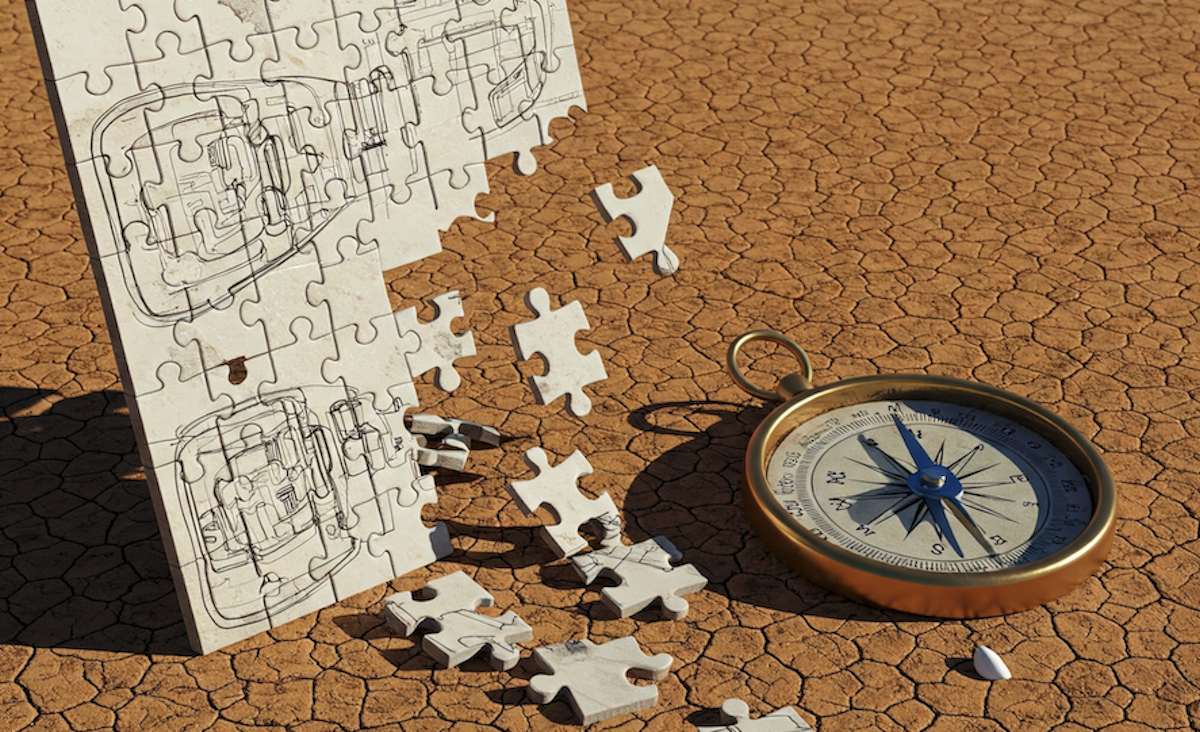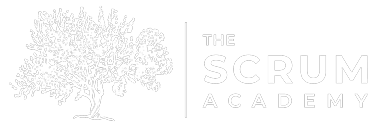
Are We Forgetting How to Team?
It’s been five years since the start of the pandemic and it’s becoming clear that most teams have faded away and have been replaced with a different mental model of how value is created. This new mental model is responsible, in part, for why organizations continue to miss deadlines, productivity is stagnant (or declining), quality is low and employee turnover is high.
If businesses and organizations want to reverse this trend, they need to return to what has worked in the past – developing and sustaining high-performing teams.
Why Teams Matter in 2025
In the software world today, teams are in trouble. At the start of this year, the CEOs of two major tech companies (Meta and Salesforce) slammed the breaks on teamwork. Their reason: the productivity boost associated with genAI, and other coding tools, means human programmers will soon become obsolete.
While these tech leaders claim massive productivity increases from genAI (around 30%), the reality is probably more modest (something in the range of 4%). Even if we believe the 30% number to be true, the impact of genAI to significantly improve delivery times pales in comparison to what a real team can accomplish.
Don’t believe me? A recent report by McKinsey & Company lays out three benefits an organization can expect to receive when they create and support real teams.
- More efficient: teams are two times more likely to meet their deadlines.
- Deliver better outcomes: teams are three times more likely to deliver outcomes that delight customers, end users and stakeholders.
- Increased innovation: teams are two times more likely to discover innovations that contribute to the long-term success and growth of the organization.
Given that the use of real teams makes contributions to the organization that exceed what genAI is capable of, what happened to all the teams?
The Pandemic Broke Our Teams
I suspect that most software developers with less than six years of professional experience have never worked on a real team. Their only experience of “team” is based on what they experienced during the pandemic. And if your only experience of “team” was forcing yourself to pretend like everything was normal during a virtual, company Christmas party, I wouldn’t blame these people for thinking teamwork was just a bunch of empty words.
But the people who had the potential to know better, managers and senior developers, seem to have forgotten what teamwork is and\or how to create real teams. To be 100% clear, living through the COVID-19 pandemic was living through a crisis. One where we all had to pretend that being confined to your home for months on end was completely normal. So let’s own the truth that during the pandemic people were focused on coping, not on how to build and sustain teams.
However, the pandemic is over and it feels like we’ve lost something important. It seems to me that people have come to believe that the last five years of working in isolation is the normal (preferred) behavior and that working collectively is abnormal.
Real Team Defined
I don’t often use the word “everyone,” but everyone has had an experience being a part of a team. For some people, it was a sports team. Others may have been part of a band. Some discovered the power of teams when they worked as part of a civic or faith-based organization. A few have found their teams at work.
Given that teams exist in so many different contexts, how can we possibly create a definition that incorporates all these experiences? As it turns out, Jon Kazenbach and Douglas Smith provided the gold standard on how to define a real team in their classic book, The Wisdom of Teams.
“A small number of people with complementary skills who are committed to a common purpose, performance goals and approach for which they are mutually accountable.”
Using this definition, we can see that a Scrum Team has all six components necessary to support the formation of a real team. Let’s explore four of these components today: small number of people, complementary skills, commitment to a common purpose and mutual accountability.
- Small number of people: The size of a Scrum Team is ten people or fewer. That’s a rule. As a pragmatist, I’m open to breaking rules when necessary, but there has to be a good reason. IME, when Scrum Teams exceed ten people, there is often an increase in social loafing which erodes performance.
- Complementary skills: Another characteristic of Scrum is that the Scrum Team will deliver a usable Increment by the end of the Sprint. This implies that the Scrum Team is cross-functional. Consequently, there are no single function teams in Scrum, i.e., there are no frontend teams, backend teams, data teams, architecture teams, QA teams, BA teams, etc., etc.
- Commitment to common purpose: Without commitment to a common purpose, there is no team. But there are two parts of this statement to unpack. One, commitments are made by individuals; not imposed via management decree. Two, common purpose is the aspirational goal that drives the members to work beyond their individual goals to achieve an objective that can only be realized by working together. Closing JIRA tickets before some arbitrary deadline set by a manager is not an aspirational goal.
- Mutual accountability: Mutual accountability is a reciprocal behavior among team members which gives them permission to evaluate one another’s progress. Instead of relying on a leader to evaluate and manage progress, each member of the team takes ownership to ensure individual, and collective, work products follow agreed upon best practices, maintain high levels of quality and satisfy the needs of the customers, end users or stakeholders. Mutual accountability is how team performance transforms from the sum of each person’s individual effort to the product of their collective work.
The Tarkin Model
If we have forgotten what a real team is, then what replaced teams? It took me a while to figure this out and I credit Nigel Baker for the answer. At the 2024 Regional Scrum Gathering Ghent, he identified why there are so few real teams in the post-pandemic world. According to Baker, the mental model for teamwork has been replaced by what he calls the Tarkin Model of product delivery.
The Tarkin Model has no need for teams because a “Great Man with a Vision” has all the answers. Values such as empathy, collaboration and feedback, have been replaced by fear, conformity and individualism. Processes and roles that were intended to stimulate teamwork are now considered “dangerous, corrosive” and suspicious; waste to be eliminated. Instead of working collectively with your peers to solve complex problems, people are expected to work in isolation and without context.
IMO, the Tarkin Model model is consistent with the authoritarian trends we are seeing throughout the world these days. Today, many people and organizations want simple solutions to complex problems. When simple solutions are applied to complex problems, only the symptoms are addressed, and oftentimes the “cure can be worse than the disease”. While simple solutions, like the Tarkin Model, might be appealing to some, they are a step back rather than forward.
Those Who Forget the Past…
Fifty years ago, Fred Brooks observed that “software engineering is a team sport.” Given that organizations today continue to struggle to deliver high-quality products on time, it’s clear that what was true then remains true today. To deliver innovative, high-quality software-enable products and services, we need to invest in the creation of teams.





